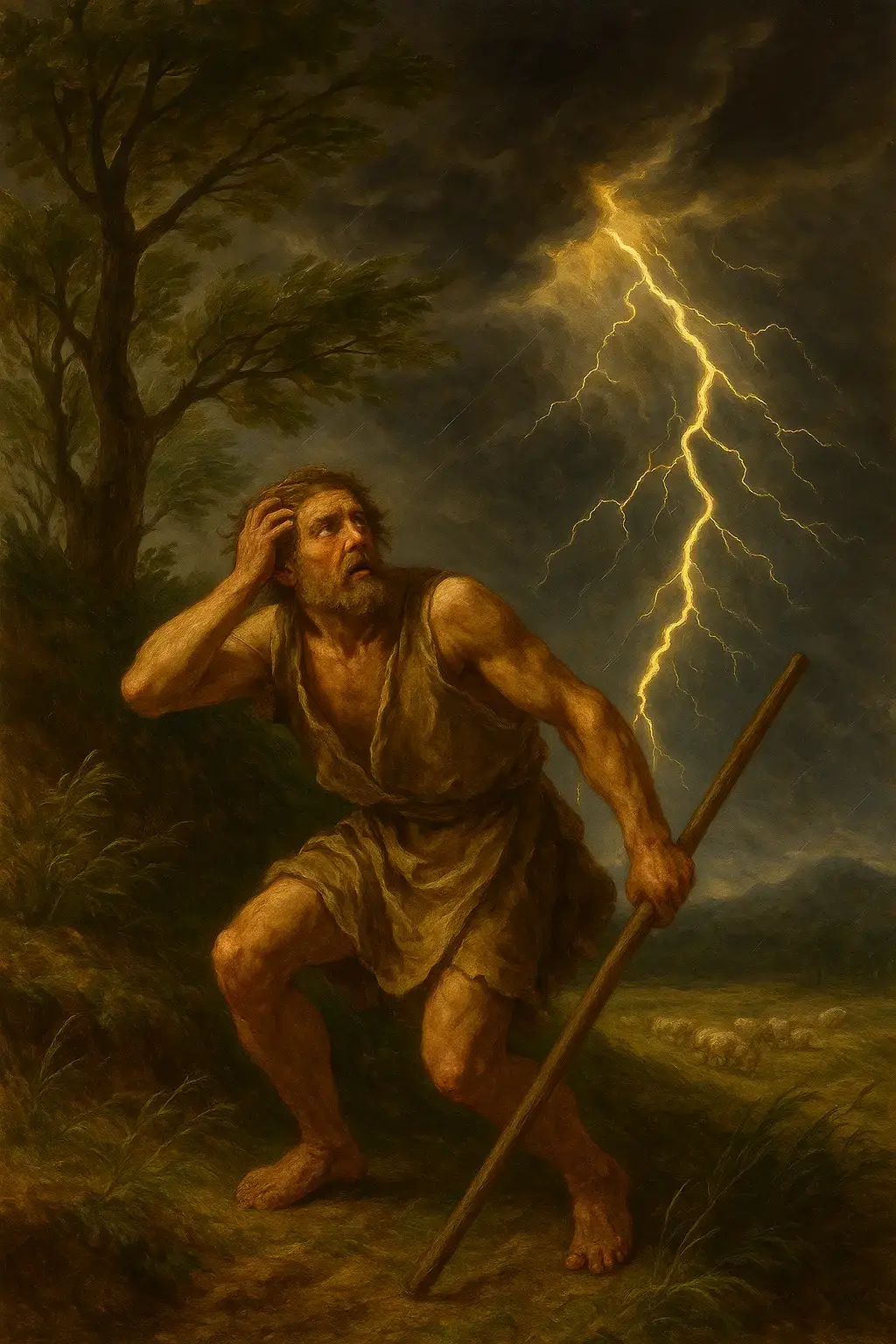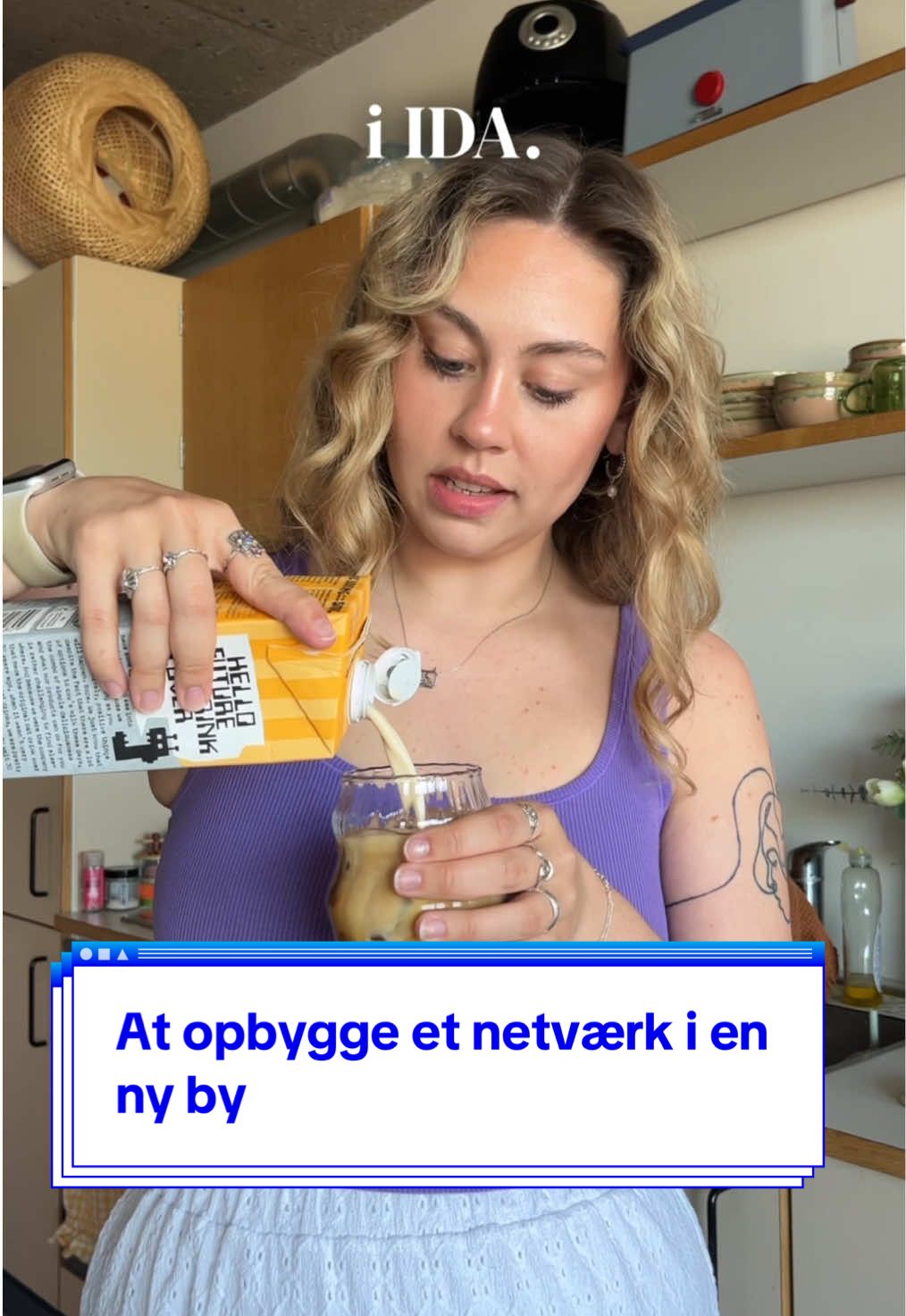teab
Region: BR
Monday 04 August 2025 21:50:28 GMT
1633048
271214
2876
12155
Music
Download
Comments
️ :
oh to live in a world where everything isn't sexualized
2025-08-06 17:29:53
13964
fatjigglyasssuckerrr69r :
2025-08-06 08:56:55
8827
Lilieshome :
people acting like they have never seen a male ballet dancer.
2025-08-08 21:25:24
11
Se🇸🇦 :
بنين ستارز أعاده نشره !!!!!!!
2025-08-06 12:52:32
374
𝐋'ᥫ᭡ :
me when golden brown..:
2025-08-06 21:35:44
6740
Scarlett 💌 :
I hate the people in these comments ballet is meant to be art and our bodies are art too, so there is absolutely no need to sexualise the man
2025-08-06 17:46:01
2613
ka ✓ :
what is that????
2025-08-07 11:22:59
317
⃟ :
2025-08-07 16:21:04
8
Enzo :
What is THAAAT
2025-08-07 12:35:57
45
جَ :
2025-08-07 13:18:18
1378
avatar 🌪️✨ :
2025-08-05 17:29:08
4294
°{•🪭Luffytaro🪭•}° :
what the hell?
2025-08-06 17:42:06
10
Mischa :
ballet has to be the prettiest sport
2025-08-06 21:14:56
1363
، :
2025-08-07 16:38:10
1550
H :
You thought we thought we all thought 💀
2025-08-06 11:13:38
54
hanu-jhi🇦🇱 :
this is so beautiful
2025-08-06 21:05:53
1373
𝑺𝒊𝒅𝒓𝒂 :
2025-08-06 18:52:02
518
L :
2025-08-07 15:45:29
571
shreya :
oh my eyes 😭😭
2025-08-05 20:27:34
552
Haruki :
💐من اصلا منحرف نیستم
2025-08-05 23:46:31
478
زن میهن😔💅🏻 :
I wish I wasn't born in Iran..🙂:))
2025-08-05 16:47:09
320
kajinkyprivat :
Oh why did I give up ballet..
2025-08-06 20:24:06
320
~{DEEDEE}~ :
I with I didn't leave ballet when I was little
2025-08-05 21:46:25
898
Daria :
These comments… just enjoy the dance💔
2025-08-10 01:35:41
53
️ :
Mi sueño frustrado:
2025-08-04 22:32:13
539
To see more videos from user @ttereir, please go to the Tikwm
homepage.





